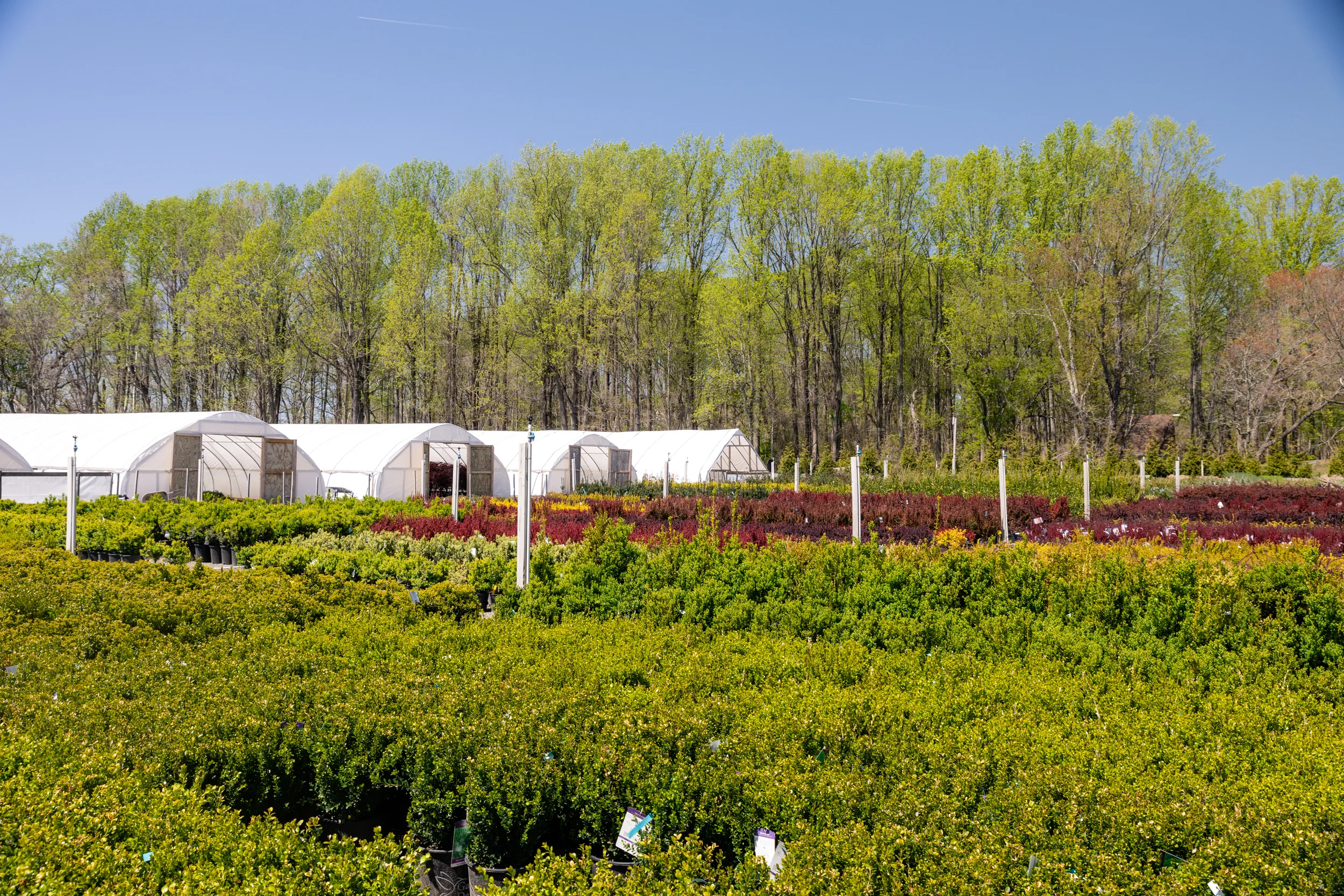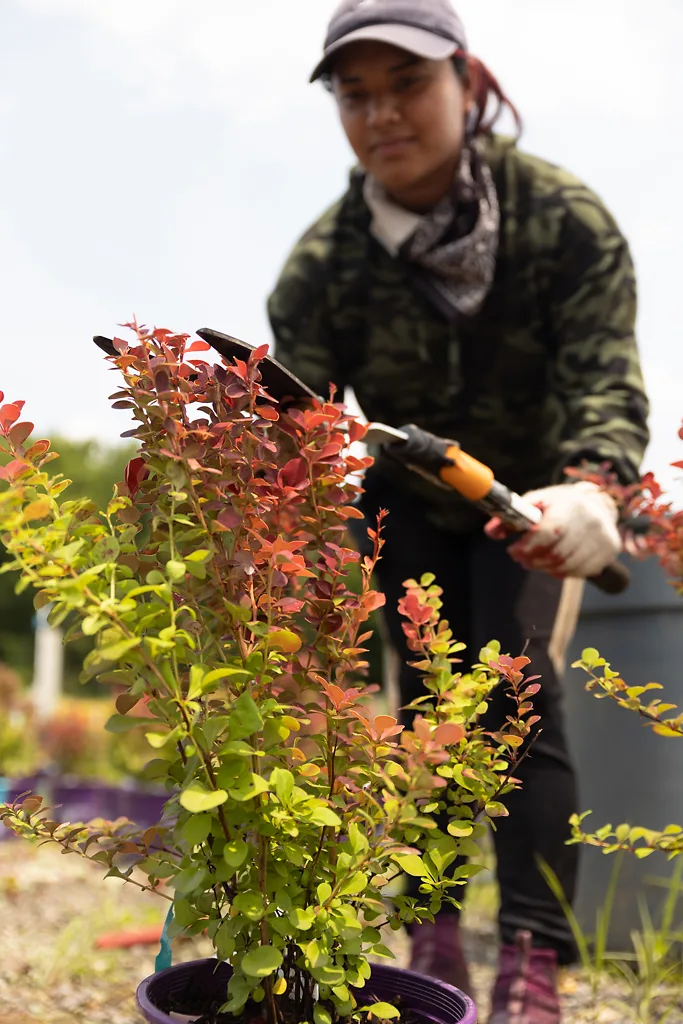
Written by s • March in the Garden
What happens in your garden in March depends on where you live. In colder zones the answer will probably be, “Broken promises,” with warmer, sunny days that turn cold at night and then perhaps even the return of snow. But in warmer zones spring fills the air, buds are opening – Japanese maples are often among the first trees to leaf out – and deciduous magnolias, followed by cherry blossoms, and life returns to the garden. If you do live in a cold area where nothing is happening, don’t worry, just come back in a month and everything here will apply to you.
In most parts of the country, even if things are starting to move, it pays to be cautious, as suddenly reversals of the weather – a hard frost or late snow – can upend our plans. Even if the weather is suddenly warm, unless you live in zone 9 it is best not to rush out and start planting summer flowers, as many inexperienced gardener’s do, to the delight of garden centers, who often get to sell a whole new set of tender plants to you in a few weeks, if the weather helps them out.
With the first buds opening, the gardening hormone kicks in, and suddenly we want to be out and growing things. The responses and questions on our blogs begin to spike, and everyone is suddenly a gardener. Take advantage of your enthusiasm to set the stage for the year, and get the garden in order, before that enthusiasm fades into barbecues and beer. . .
What to Do in Your Garden in March
- Remove Winter Protection
- Prune late-flowering shrubs
- Plant Evergreen shrubs and trees
- Trim Back Ornamental Grasses
Time to Open Up the Garden
Even if there are no signs of life yet, you are safe from severe weather now, except in very cold zones, so you can remove any burlap or winter protection you put up. Plants will quickly sprout if the sun heats them up inside burlap, and risk damage by late frost. This is true also of hydrangeas and roses you may have mounded up with peat-moss or leaves. It is important to keep them sleeping until next month, so remove protection and expose them to cooler weather – that will do the trick. You can also rake up all those leaves you missed last fall and rake out the lawn of debris.
Time to Prune
Spring is an important season for pruning, but you need to know what to prune, and what to leave until later. Most flowering evergreen shrubs and trees, like camellias or azaleas, need little or no pruning, but deciduous shrubs benefit from it. You will have a better flower display, and you will extend the life of your bushes too, if you prune appropriately. The basic rule is to prune in spring shrubs that flower on ‘new wood’.

What does this mean? Some bushes flower on stems that grow from the sides of older branches, and these are the plants that rush into bloom in spring – those cherry blossoms we mentioned, but also plants like Forsythia. Any plant that flowers on bare branches, or very soon after the first leaves show, is a plant that should not be pruned in spring. Wait for them to finish blooming, and then prune.
Others bloom later, usually with flowers at the end of a long new stem that grew in spring. These are the ‘new wood’ bloomers, and they include Butterfly Bush, most Roses (but not climbing ones), Panicle Hydrangea (but not mop-heads), Spirea bush that blooms later (so not the old-fashioned Bridal Wreath type), and many kinds of vines, like Trumpet Vine and many Clematis. Other shrubs like Buttonbush (Cepalanthus) or Summersweet (Clethra) also bloom on new wood. All these shrubs should be pruned now, before they start to grow. With some, like Butterfly Bush, it is a good idea to wait until the buds are swelling, so that you can see what is alive and what to remove, and where to cut back to.
Always cut just above a healthy bud and use sharp pruners to make a clean cut. If you have a choice, cut to an outward-facing bud, so that your bushes spread out into a good bushy form. Exactly how much you cut is up to you, how old your plants are, and what they are. The goal is to keep a framework of older branches and encourage lots of new shoots that will give you lots of flowers. This means that most of the stems from the previous year will be removed, unless you want to make your plant larger. Cut weaker stems back to just a couple of buds and cut stronger stems back less – they will become future framework. It is relatively easy to grow these ‘new wood’ blooming plants even in areas where they are cut back to the ground by cold. This is not true of shrubs that bloom on old wood, which are easily damaged by winter cold and frosts.
Plant Evergreen Shrubs and Trees
Picking up on that idea of winter damage, March is a good month for planting evergreens, at least in warmer states. This gives them the longest possible time to establish and spread out their roots before winter arrives. That way they will suffer less winter damage, and you will usually have the reward of good flowers and healthy foliage in their first spring.
Fortunately, even if you can’t get out of the house, on-line nurseries like the Tree Center are available to arrange delivery of all your spring planting right to your door, no matter what restrictions on movement are put on you.
When planting evergreens, don’t skimp on digging and preparing the planting spots. Dig over a wide area, at least 3 times the width of the pot, and plants will always grow better if you mix in half a bucket of compost as you are digging. Water thoroughly during planting and remember with trees in particular to cut down the sides of the root ball in 2 or 3 places, to free up the roots to spread outwards. Water at least once a week in this vital first season, and mulch over the root zone. With some plants you won’t see a lot of growth the first year, as they establish, but the following year they will take off. You can find more detailed planting guides to most types of shrubs on our site.
Trim Back Ornamental Grasses
If you didn’t do it in fall, now is the time to trim back your ornamental grasses. A lot of us like to leave them through winter for their unique look, but be quick in spring cutting back – do it at the very first sign of green at the base – or the new leaves will be mixed up with the old ones, and you can easily end up cutting them down too – ruining the beauty of that first growth. Some grasses, like Maiden Grass (Miscanthus) or Pink Muhly Grass (Muhlenbergia) are ‘warm season’ grasses, and they don’t show new growth until much later, once the weather really warms up. Don’t assume they are dead, just cut back to a few inches tall and wait until June before deciding they really are dead – you will usually be pleasantly surprised to see they come back. Because they start so late you can surround them with spring bulbs, so you aren’t left with a bare space.
If you are growing Yucca in colder areas you might need to trim them back too if they were badly damaged in winter, but only cut leaves that are dead, don’t cut the whole top off, as you can easily end up damaging the baby leaves inside the buds.





